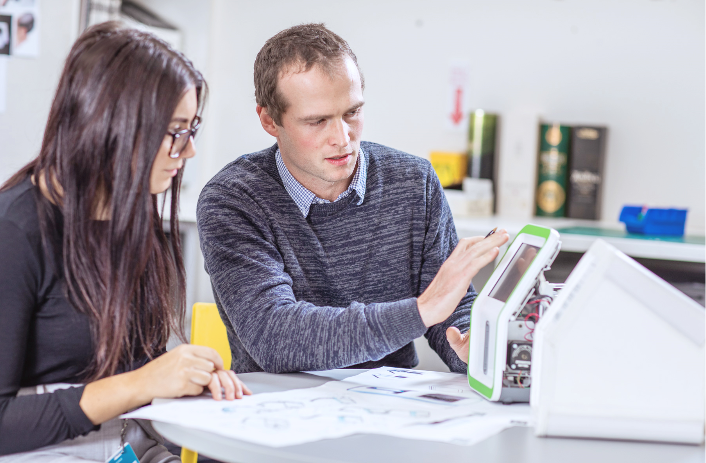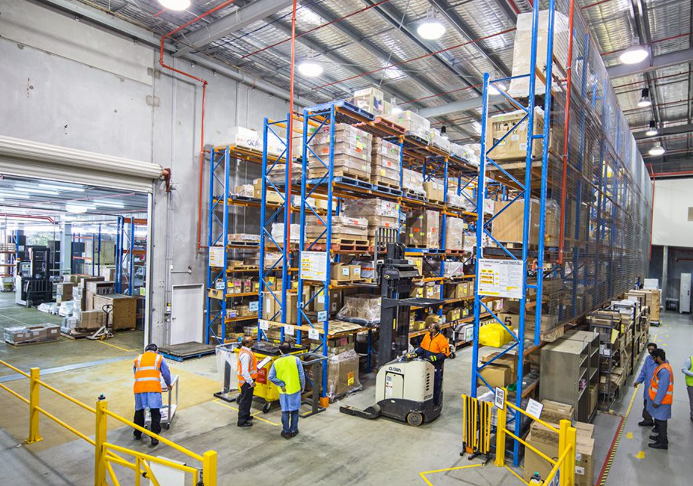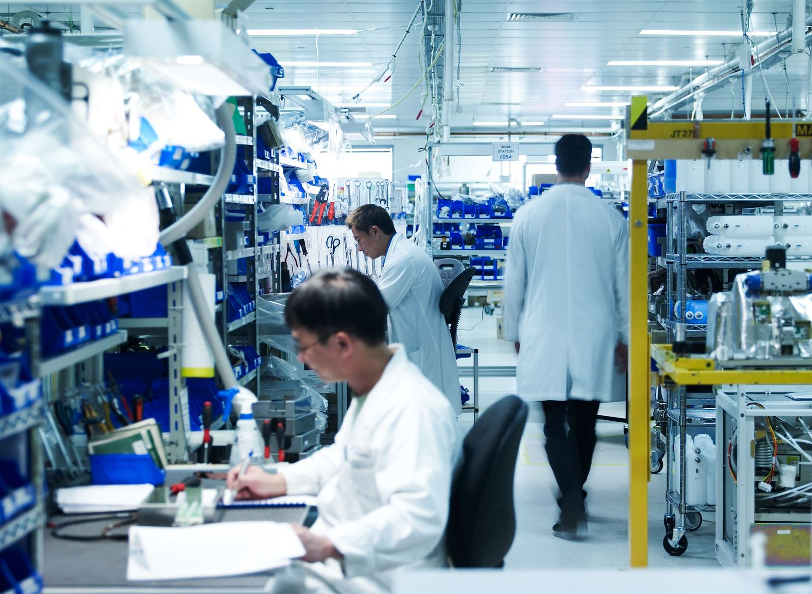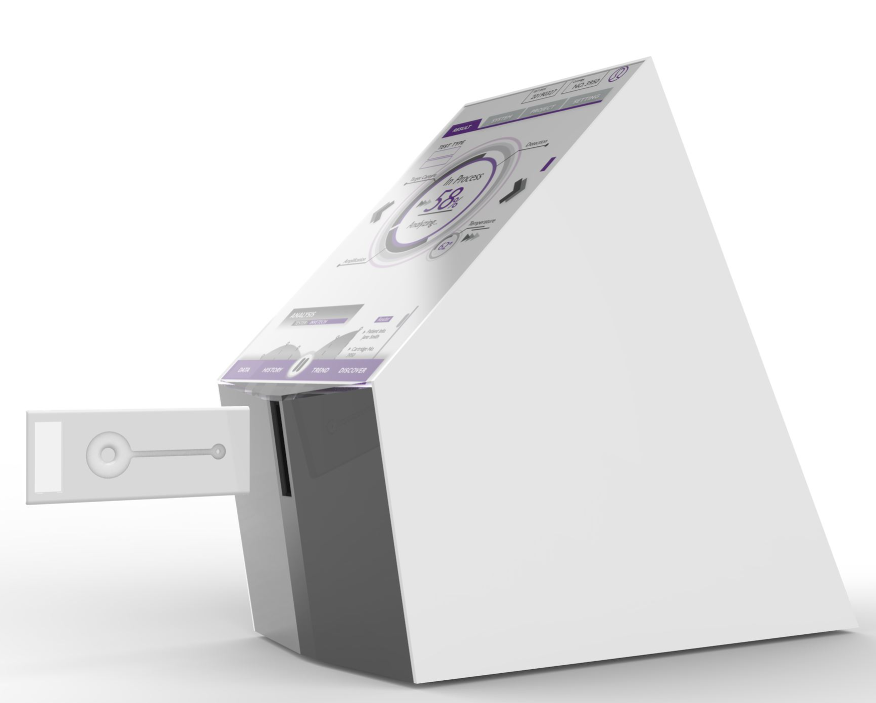In order to meet EUA timelines, companies had to radically alter their traditional approach to product development. Diagnostics manufacturers were tasked with accelerating the process timeline from product definition through transfer to manufacture, compressing what would normally take two to three years into months.
To rally product development teams around the challenge at hand, some organizations – including us at Invetech – looked outside of the industry for inspiration.
Gerald Kent, Invetech’s Vice President, Cell Therapy & Diagnostics, cited leveraging NASA’s Project Apollo as one case study used to establish a project framework. “Here is an example where a leader created a very clear vision of the future around which everyone could align, where failure was not an option. They were able to achieve extraordinary things, landing the first humans on the moon.”
Some new and evolved practices employed include upfront risk assessments to weigh tradeoffs against a faster time to market and putting mitigation strategies in place from the start. Benefits have also resulted from applying an agile project governance structure to enable rapid decision making and support creative problem solving.
We have also used hyper-rapid iteration to arrive at a Minimum Viable Product (MVP) for an initial market roll-out to meet accelerated timeframes, followed by downstream improvements. Kent described this as an approach out of the Apple product development playbook, optimizing time to market for launch followed by product updates post-introduction.
Given the outcome of delivering a successful product in significantly less time, a number of these development approaches are likely here to stay.



